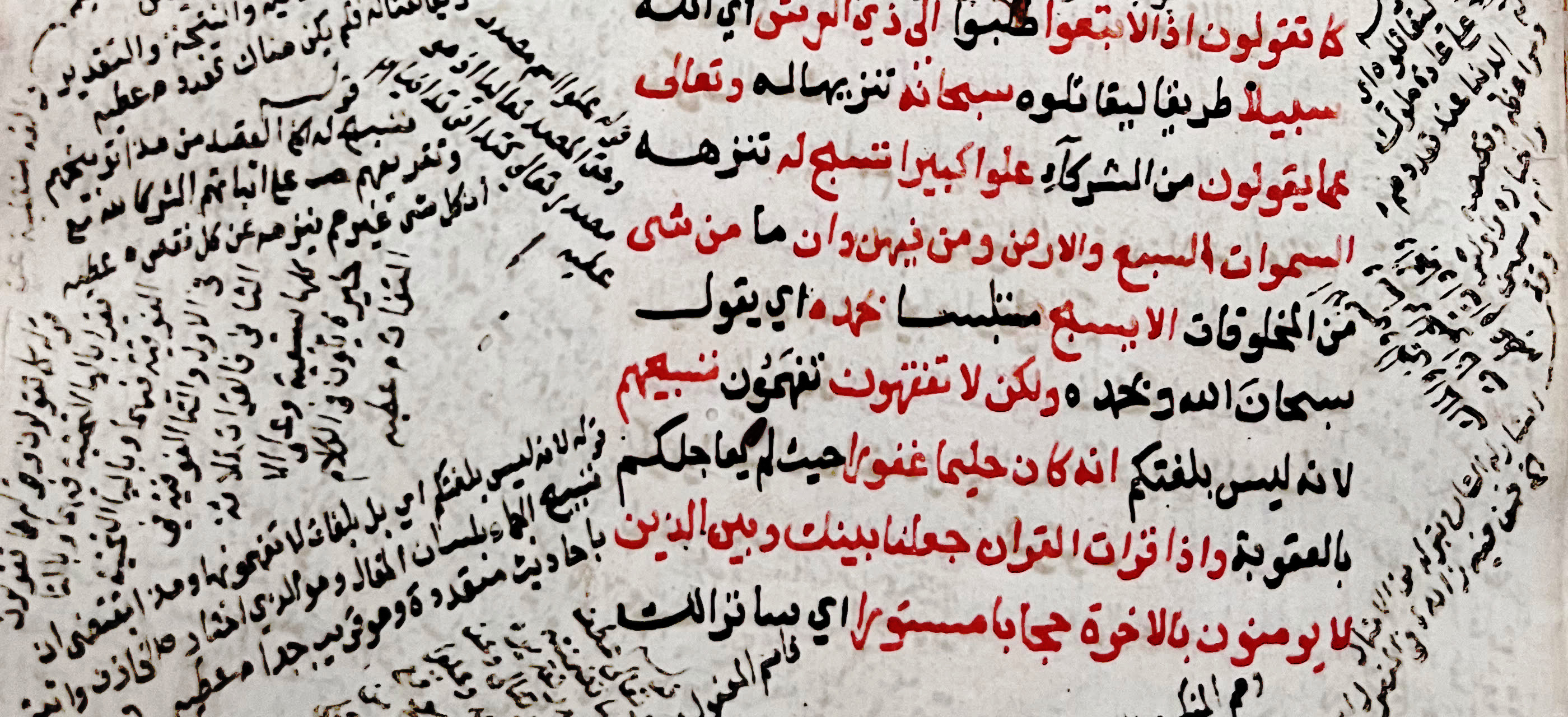Tsunami deposits in Tunisia contemporaneous of the large 365 CE Crete earthquake and Mediterranean Sea catastrophic event
Contenu
- Titre
- Tsunami deposits in Tunisia contemporaneous of the large 365 CE Crete earthquake and Mediterranean Sea catastrophic event
- Auteur
- Bahrouni, Nejib
- Meghraoui, Mustapha
- Bayraktar, Hafize Başak
- Lorito, Stefano
- Zagrarni, Mohamed Fawzi
- Polonia, Alina
- Bel Mabrouk, Nabil
- Kamoun, Fekri
- Date
- 2024
- Dans
- Scientific Reports
- Résumé
- New field investigations along the East Tunisian coastline reveal sedimentary deposits and damaged localities that may account for a catastrophic event during the late Holocene. North of Sfax city, ~ 3.4 m high cliff coastal marine and alluvial terraces show 20 to 50-cm-thick chaotic layer with sandy coarse gravels mixed with reworked pebbles, broken shells of gastropods and molluscs, organic matter and Roman pottery. The chaotic layer truncates sandy-silty paleosol, covers Roman settlements and is overlain by fire remains, a thin sandy-silty aeolian unit and ~ 1-m-thick alluvial deposits. Charcoal samples collected at 10 cm below and 4 cm above the catastrophic deposits provide radiocarbon dating that brackets the catastrophic unit between 286 and 370 CE. Other historical investigations on the Roman sites of Neapolis (Nabeul), Hadrumete (Sousse), Thyna (Sfax), Meninx in Girba (Djerba), Wadi Ennouili (Gulf of Gabes), and Sabratha (in Libya) evidenced major damage and abandonment of sites in the fourth century (16, 41, 42, 43, 44). The new identification of catastrophic deposits, offshore-onshore correlations with turbidites and modelling of tsunami waves suggest the relationship with the 21 July 365 tsunamigenic earthquake (Mw ~ 8) of west Crete (Greece) and call for a better estimate of tsunami risk on the Mediterranean coastlines.
- Langue
- eng
- volume
- 14
- numéro
- 1
- pages
- 4537
- Titre abrégé
- Sci Rep
- doi
- 10.1038/s41598-024-53225-7
- issn
- 2045-2322
Position : 196 (88 vues)

